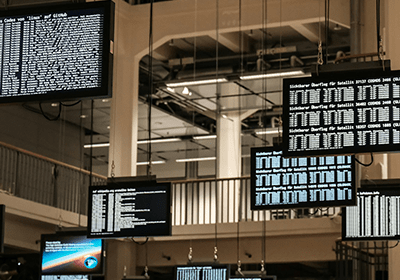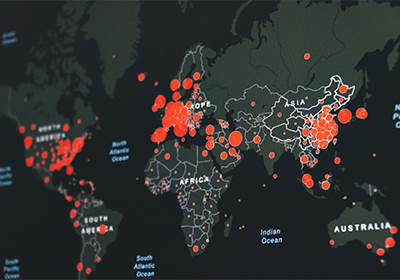
Unleashing The Power of Azure Analytics
A comprehensive guide to the Azure Analytics suite of tools and services.
In today’s data-driven world, organizations are constantly seeking ways to extract actionable insights from their data to gain a competitive edge. Azure Analytics, a suite of powerful data analytics services offered by Microsoft Azure, provides a comprehensive ecosystem that enables businesses to collect, process, analyze, and visualize data at scale.
In this in-depth technical post, we will explore key components of Azure Analytics, including Microsoft Fabric, Synapse Analytics, Azure Databricks, and Power BI reporting, to understand how they work together to unlock the full potential of data analytics.
Understanding the Azure Analytics Ecosystem
Azure Analytics is not a single product but a collection of services designed to handle different aspects of data analytics. Each component plays a specific role within the ecosystem.




Oakwood is a certified Microsoft Solutions Partner
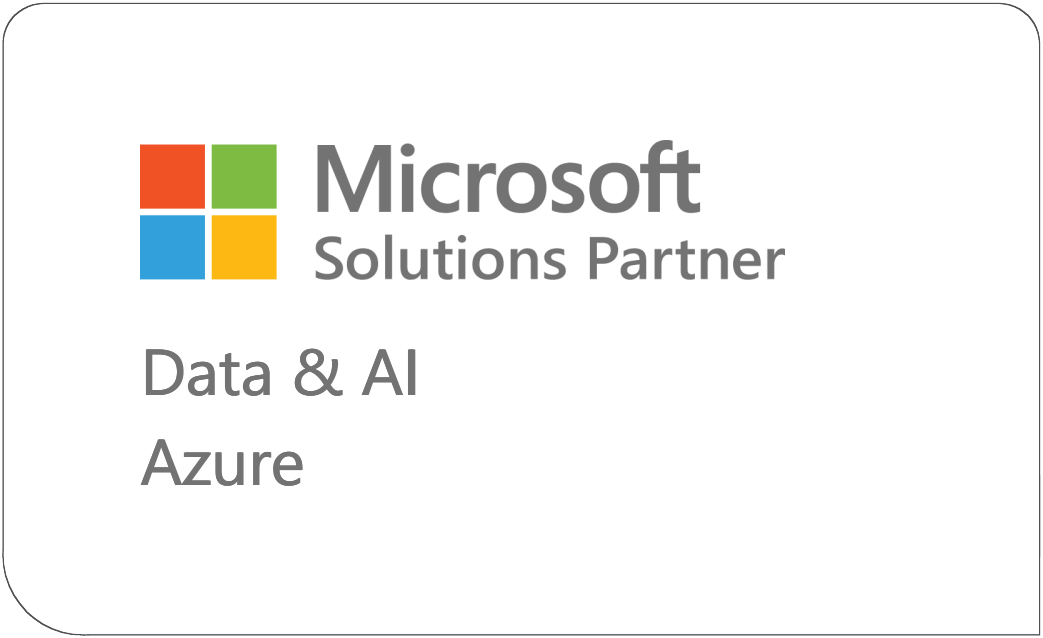
Now, let’s dive deeper into each of these components, listed above, to understand their capabilities and how they work together.
Microsoft Fabric: The Foundation of Azure Analytics
Microsoft Fabric is the underlying infrastructure that powers Azure Analytics. It is a distributed, highly available, and scalable platform designed to handle diverse workloads. Fabric’s key features include:
- Resource Management: Fabric manages the allocation of resources such as virtual machines, storage, and networking infrastructure. It ensures that resources are distributed efficiently across Azure data centers.
- Fault Tolerance: Fabric is built to withstand failures by providing redundancy and automatic failover. This ensures high availability of services even in the face of hardware or software failures.
- Scalability: It allows for elastic scaling, enabling resources to be provisioned or deprovisioned as demand fluctuates. This ensures that Azure Analytics can handle both small-scale and enterprise-grade workloads.
- Security: Fabric incorporates robust security measures to protect data and resources. This includes identity and access management, encryption, and compliance certifications.
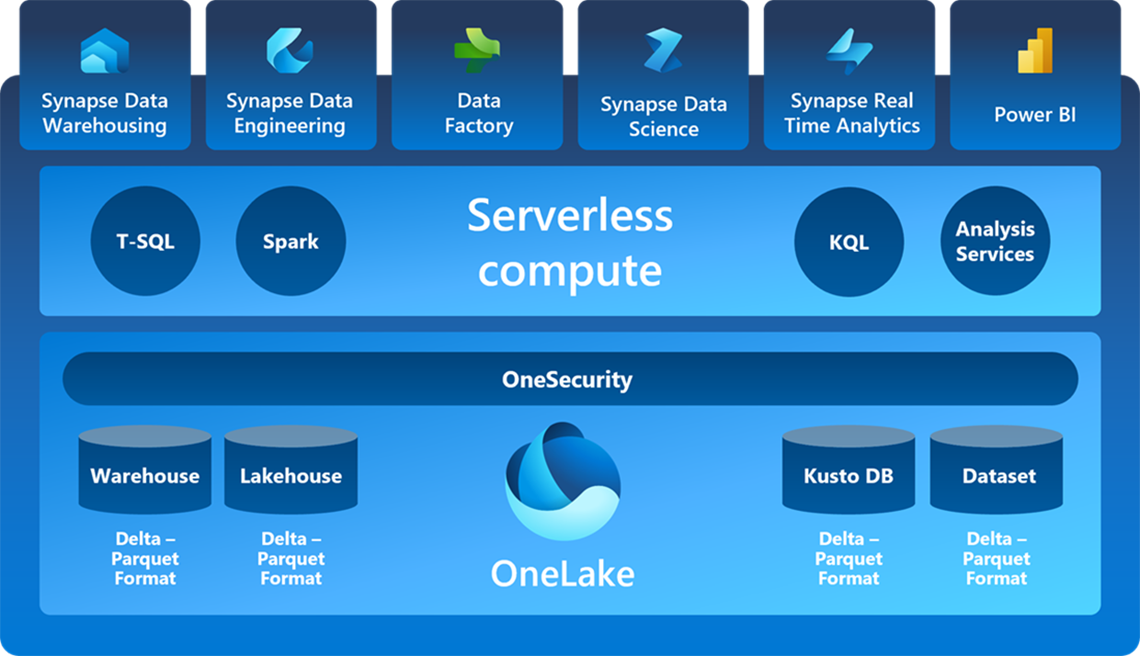
Azure Synapse Analytics: Bridging the Gap Between Data Warehousing and Big Data
Azure Synapse Analytics is the go-to service for organizations looking to combine the capabilities of a traditional data warehouse with big data analytics. Key features of Synapse Analytics include:
- Data Integration: Synapse Analytics allows you to seamlessly integrate data from various sources, both structured and unstructured. It supports data ingestion from on-premises, cloud, and external sources.
- Massive Parallel Processing (MPP): This architecture enables Synapse Analytics to distribute data and queries across multiple nodes, providing high query performance and scalability.
- Serverless On-Demand Querying: With the serverless SQL pool, you can run ad-hoc queries without provisioning resources in advance. You pay only for the data processed, making it cost-effective for sporadic workloads.
- Data Lake Integration: Synapse Analytics can directly query data stored in Azure Data Lake Storage, eliminating the need for data movement and duplication.
- Machine Learning Integration: It supports the integration of Azure Machine Learning for advanced analytics and predictive modeling.
Azure Databricks: Accelerating Data Engineering and Machine Learning
Azure Databricks is a collaborative analytics platform built on Apache Spark. It streamlines the data engineering and machine learning processes. Key features include:
- Unified Analytics: Databricks provides a unified platform for data engineering, data science, and machine learning. It allows data engineers and data scientists to work together seamlessly.
- Scalability: Databricks can handle massive amounts of data and scale resources on-demand to meet processing needs.
- Notebooks: Databricks notebooks offer an interactive environment for writing and executing code, making it easy to prototype and experiment with data.
- Integration: It integrates with various Azure services, including Azure Data Lake Storage, Azure SQL Data Warehouse, and Azure Machine Learning.
- Machine Learning Libraries: Databricks provides access to a wide range of machine learning libraries, simplifying model development and deployment.
Power BI Reporting: Visualizing Insights for Decision Making
Power BI is the final piece of the puzzle, enabling users to create compelling reports and dashboards from data processed and stored in Azure Analytics components. Key features include:
- Data Connectivity: Power BI can connect to a wide variety of data sources, including Azure services, databases, and external sources.
- Data Transformation: It offers a range of data transformation and cleansing capabilities to prepare data for reporting.
- Interactive Dashboards: Power BI allows users to create interactive and customizable dashboards with drag-and-drop simplicity.
- Natural Language Queries: Users can ask questions using natural language, and Power BI will generate relevant visualizations.
- Collaboration and Sharing: Power BI facilitates collaboration by allowing users to share reports and dashboards with colleagues, and it offers secure embedding options for external sharing.
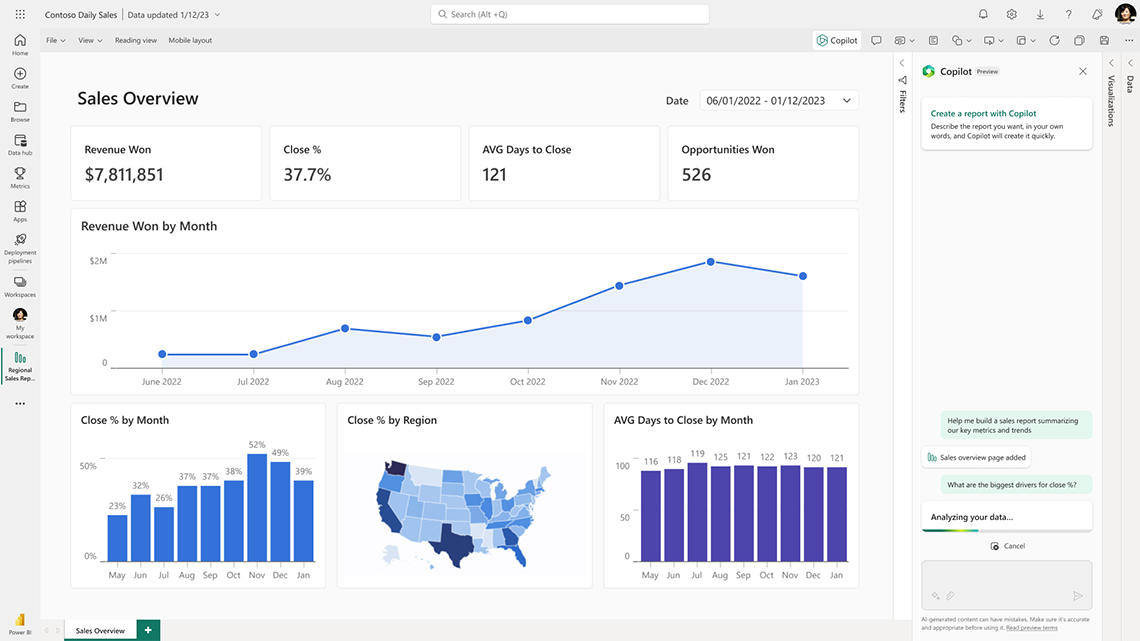
Putting It All Together: A Real-World Scenario
Let’s illustrate how these Azure Analytics components work together in a real-world scenario.
- Data Ingestion: Data from various sources, including on-premises databases, external APIs, and IoT devices, is ingested into Azure Data Lake Storage using Azure Data Factory.
- Data Preparation: Azure Databricks is used to clean, transform, and enrich the data. Data engineers and data scientists collaborate in Databricks notebooks to perform these tasks.
- Data Warehousing: Processed data is loaded into Azure Synapse Analytics for structured analysis and reporting. It’s stored efficiently in a data warehouse format.
- Advanced Analytics: Data scientists leverage Databricks for machine learning model development and training. The models are then deployed to Azure Machine Learning for scoring.
- Data Visualization: Finally, Power BI connects to Azure Synapse Analytics to create interactive reports and dashboards. These reports are shared with business users and executives for decision-making.
Conclusion
Azure Analytics, powered by Microsoft Fabric, Azure Synapse Analytics, Azure Databricks, and Power BI reporting, offers a comprehensive ecosystem for data analytics. It enables organizations to harness the full potential of their data, from ingestion and preparation to advanced analytics and visualization. By integrating these services, businesses can gain valuable insights, improve decision-making, and drive innovation in a data-driven world.
Whether you are a data engineer, data scientist, or business analyst, Azure Analytics has the tools you need to succeed in today’s data-centric landscape.
If you’d like more information or would like to schedule a conversation with Oakwood’s Data & Analytics Team, please leave us a message below.


